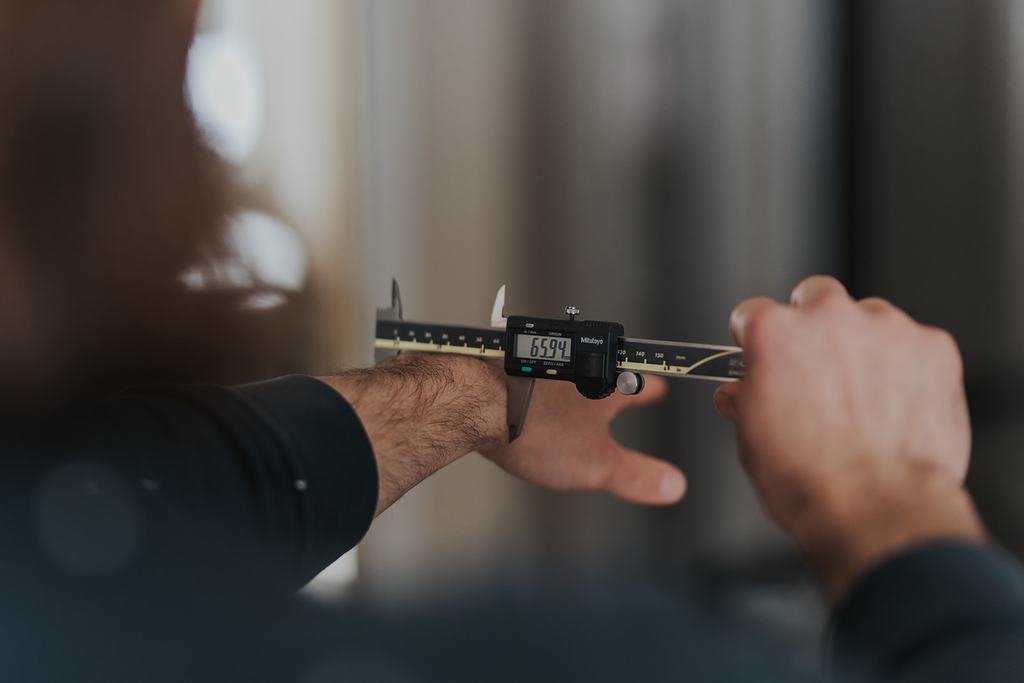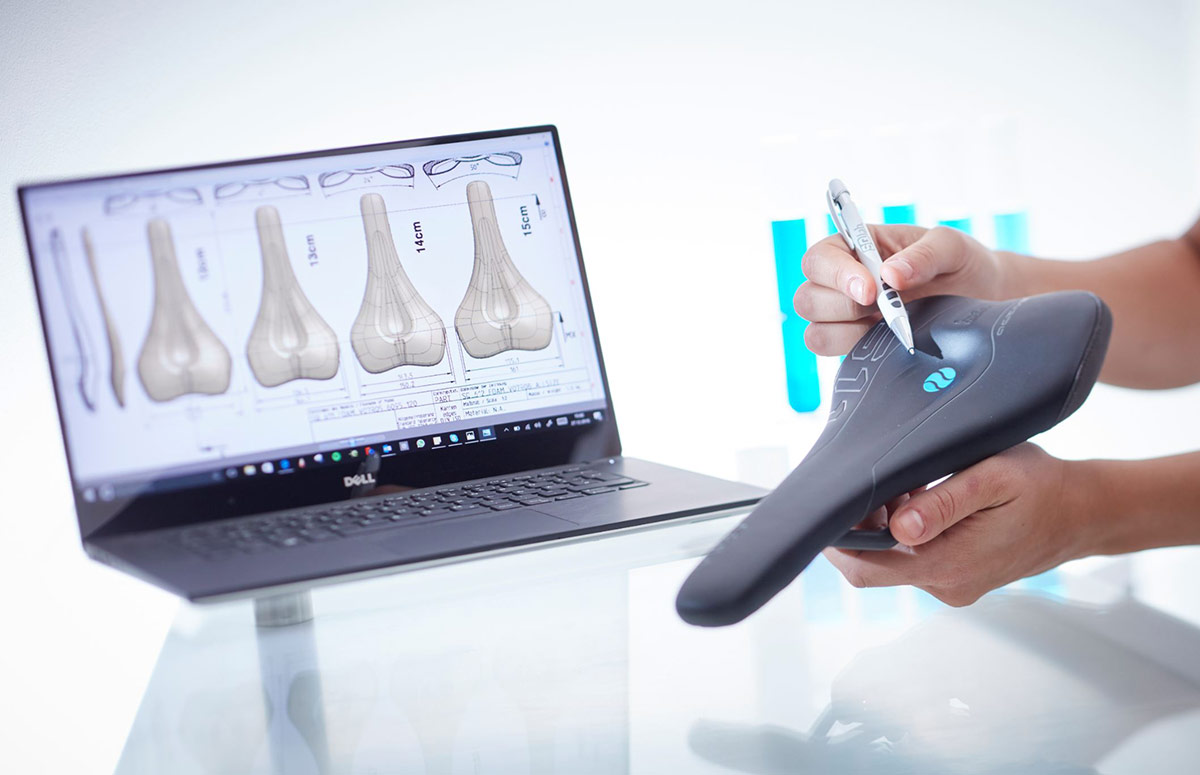We know, there’s no such thing as a stupid question. But there are some questions you might not want to ask your local shop or riding buddies. AASQ is our weekly series where we get to the bottom of your questions – serious or otherwise. This one is about saddle fit! We cover everything from measuring sit bones, to rail material, cut-outs, padding, saddle tilt and more! Hit the link at the bottom of the post to submit your own question!
Saddle Fit Questions Answered
What’s the best way to measure sit bone width?
Fabric: There are many ways on the market to measure sit bones. One of the better ones in my eyes is where you sit on memory foam. We don’t focus on measuring sit bones at Fabric, as there is always a possibility of error. What you are wearing, who is measuring you and how you measure can all influence the measurement you get.

We focus on your position on the bike, which every cyclist knows straight away. This doesn’t require any uncomfortable conversations in a bike shop… “Please sit on this”, or “I need to measure that” or “Please bend over in the middle of the shop”, etc.
We make the most comfortable saddles and wanted to give riders the most simple way to understand and purchase one!
WTB: Rather than address solely how to measure sit bone width, which is often difficult to accurately obtain and then also difficult to actually utilize towards saddle fit… I’d like to suggest an entire saddle fit system in itself. Of course, it’s WTB’s saddle fit system and it is called Fit Right.
It’s the most accurate and non-intrusive method of determining sit bone width and saddle fit. It is a simple three-step process of determining saddle fit using consistently accurate anatomical correlations between the width of one’s wrists and the distance between the sitting surfaces of the ischial tuberosities (more commonly known as sit bones).
It’s free and can be used whether at home, at your local bike shop, at the office, or even the trailhead; And get this, you don’t have to wear your chamois to make it happen.
Why do bike saddles have a really pointy nose? Surely, no one actually sits on the end of it!
SQLabs: Well, you will sometimes sit on it during really steep uphill sections, but the important part of the nose is that you steer your bike with that nose. The inside of your upper legs and the nose are really important to give the rider better balance on the bike.
Fabric: Saddles have a long pointy nose for climbing and when moving your weight around, but the very tip of a saddle is very rarely used if at all. Again this does come down to design and making a product look easy on the eye. To have a straight cut-off nose doesn’t look great.

WTB: The nose of a saddle can be a finicky area of the saddle to design. Too narrow and it’ll act like a hatchet and dig into the soft tissues too much. Make it too wide and a rider’s thighs will rub on it when pedaling.
The nose of the saddle is the sitting surface of the saddle that typically sees the least amount of traffic, which generally makes it a good area of the saddle to slim down both in aesthetics and weight.
However, you can’t go too far. Riders who spend their days on steep climbs will often sit on the furthest forward point of the saddle in order to keep their weight as far forward as possible. We recently added padding to the nose of a saddle while it was in development due to this consideration.
How do brands choose the stack height of a saddle? Does it influence the strength of the rails much?
SQLabs: It’s always based on what the saddle is made for but there is not really a big connection between stack height and rail stability.
Fabric: This would be down to design, due to some materials not being able to have such tight bends. So, to achieve some designs the stack may need to be changed.

WTB: Stack height varies from saddle to saddle. Once it meets the requirements for safely being able to clear seat post bolts, the stack height is generally determined by the aesthetics of the saddle.

Thinner padding saddles often have less stack height than saddles with thicker padding, but that isn’t always the case.
There would be a noticeable difference in strength between bent and straight saddle rails, but the marginal overall differences between our bent saddle rails aren’t enough to cause significant differences in strength.
What saddle rail material would be best for riders weighing 100 kg plus?
SQLabs: We use Stainless Steel rails with higher wall thickness. They are very durable, light and the damping quality is still excellent. That’s exactly why we recommend our stainless steel rails (S-Tube) for riders over 100 kg.
Our saddles have a recommended maximum weight of 90 – 120 kg. The exact maximum weight depends on the saddle type and the area of use.
Fabric: Titanium is Fabric’s most comfortable rail material (my personal choice). Due to Titanium’s material properties it is a very comfortable material to ride. CrMo is also a good choice for this weight bracket.
WTB: All properly manufactured saddle rails should be able to handle the weight of riders well over 100 kg, but how those materials fail when stressed to their limits would be my biggest consideration when suggesting a saddle that will be used by a heavier rider.

Steel tends to bend, whereas titanium tends to shear and carbon tends to crack/snap. Heavier riders will likely find the most peace of mind on a saddle with steel or cromoly steel (lighter weight, yet still strong) rails.
Why do some folk tilt the nose of their saddle downwards? Is it because the saddle fit is bad?
SQLabs: If you see a rider mounting the saddle that way it means he/she suffers from high pressure in the perineal area and tries to avoids that by tilting the nose down.
This position tends to cause the rider to slip forward and the result is more pressure on the hands. The only solution is a stepped seat design and, of course, using a saddle that is the correct width for your seat bones.
Fabric: Some people tilt their saddle downwards to remove pressure. They do this when they’ve either made a bad saddle choice, the saddle fit is poor or their overall bike fit is poor.

Poor saddle position is one of the main contributors to the ‘this is the most uncomfortable saddle ever’ comment. A degree the wrong way and the saddle could feel terrible. Dropping the nose puts more pressure onto your sit bones, which you should be able to achieve with the saddle in a horizontal position if fit is correct.
WTB: Three common reasons here. The first being riders who live in areas with exceptionally steep climbs may point the nose down a bit to ensure the saddle is closer to level while climbing than it would be if the nose wasn’t pointed down. I’m in this group as I live in the Pacific Northwest of America.
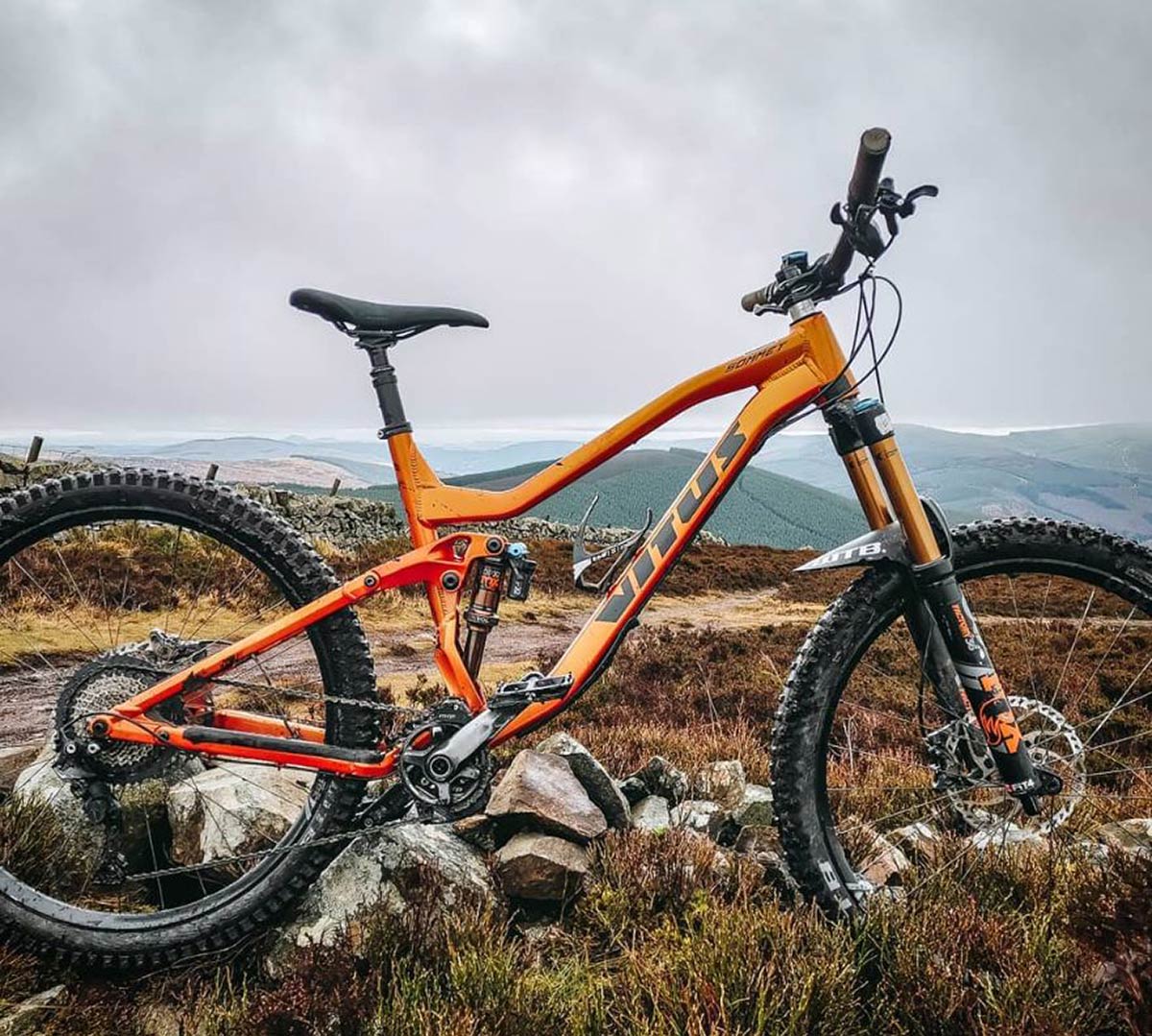
This prevents their sitting position from sliding to the back of the saddle when they likely want to have their body position over the front of the bike as much as possible.
The second reason… it can help prevent the private parts of riders from going numb when they ride. This is often a crutch for improper saddle fit and selection, but some riders simply prefer to have the nose down for numbness prevention regardless of what saddle they are on.
The third reason being that many cross country racers find they can produce more power if they have the ability to push against the saddle while pedaling, rather than simply being perched atop it.
I have a question on saddle fit. How come saddles with minimal padding often end up more comfortable than those with lots?
SQLabs: Too much foam and especially foam that is too soft makes the rider sink into the saddle too much, resulting in too much pressure in the “middle area”.
Riders need a saddle shape and foam that supports the seat bones and gives the rider room needed for their private parts.
Fabric: Having too much padding means you will move about a lot as the padding compresses under loads, meaning you wont be in the same position and you will feel different pressure points throughout the ride.

Obviously, if you are cruising down the beach, a heavily padded saddle will be perfect, as you aren’t moving your body around so once you are set in you will feel comfortable.
With less padding you will also feel the flex of the base as you are closer to it, meaning the saddle is doing what it is design to do.
WTB: Thicker padding allows a rider’s sit bones to sink into the saddle. This can pinch the soft tissues around your sit bones and often end up causing more discomfort than you may expect. Especially on lengthy rides.
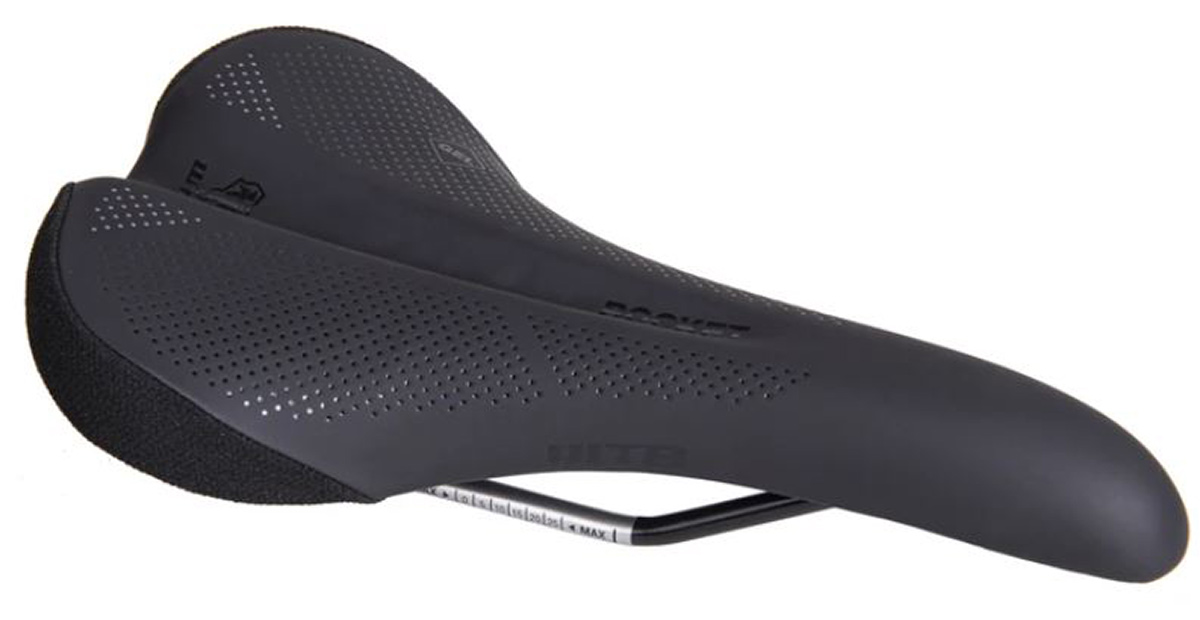
Saddles with thinner padding provide less cushion, are therefore firmer, and allow the sit bones to sit perched atop the saddle rather than cradled within it. While it may seem least comfortable at first, thinner padding saddles are often more comfortable for rides that are two hours and longer.
I find saddles with a cutout in them super comfortable but when the trails are wet, so is my undercarriage! Does anyone make a saddle with a cutout that is sealed from the underside?
SQLabs: We don’t do cutouts. The danger of getting sharp/hard edges is too high. It’s not necessary to cut a saddle out as long as you take care of sizing, and ensure the saddle is firm but comfortable with the right foam/cover combination and that it has an ergonomic step with a little extra dip in the right area.

Fabric: This is a common problem, and the reason why our Line saddles have a solid base. We wanted to achieve a cut-out saddle level of comfort but without a cut-out. We did this by developing the vacuum bonding process many brands use today.
This enabled us to get rid of the traditional stretched and stapled covers. The classic stitched and stapled covers cause tight spots in the cover, which compresses the foam and can make the saddle less comfortable. The only way to have a pressure relief channel was to cut a hole in the base to secure the cover.
WTB: WTB does not make a cut-out saddle where the foam is cut out while remaining sealed from the underside via a complete base, but we’re always open to new ideas!
One often overlooked benefit of cut-out saddles is their increased ability to flex. That benefit would be lessened if the base extended across the whole underside and therefore provided additional rigidity, but maybe the trade-off is worth it?
What WTB does offer is the inverse of what was previous mentioned, where the foam is continuous but the base has a cut out in it. We refer to this as our Comfort Zone technology. These small windows are cut away from the base of the saddle to provide additional pressure relief on sensitive areas.
The cut out also allows for more flex in the saddle base and adds to the comfort of the saddle without having to use additional foam. This makes the Comfort Zone a great feature on high-end saddles that often have a thinner amount of padding.
While it’s a subtle feature in the structure of the saddle and is hidden unless looking at the underside of the saddle, it results in considerably improved long-term comfort.
Why do Downhill racers tilt their saddles up at the front?
Fabric: Downhill racers spend hardly anytime in the saddle, so I would say its more looks-led than anything else, much like in BMX. I personally would not want to ride a bike for any period of time with an upward pointing saddle!

WTB: Tilting the saddle up at the front provides them the most amount of body-to-saddle clearance at the back of the saddle. Picture being tucked through a section of trail and having to either pull the bike up or having it compress underneath you. The more space between your abdomen and the back of your saddle…the better!
Saddles are also used for additional bike control as well. As a reference contact point if nothing else. In theory, I imagine that the nose up also helps put it in an area that is more beneficial to a downhill rider.
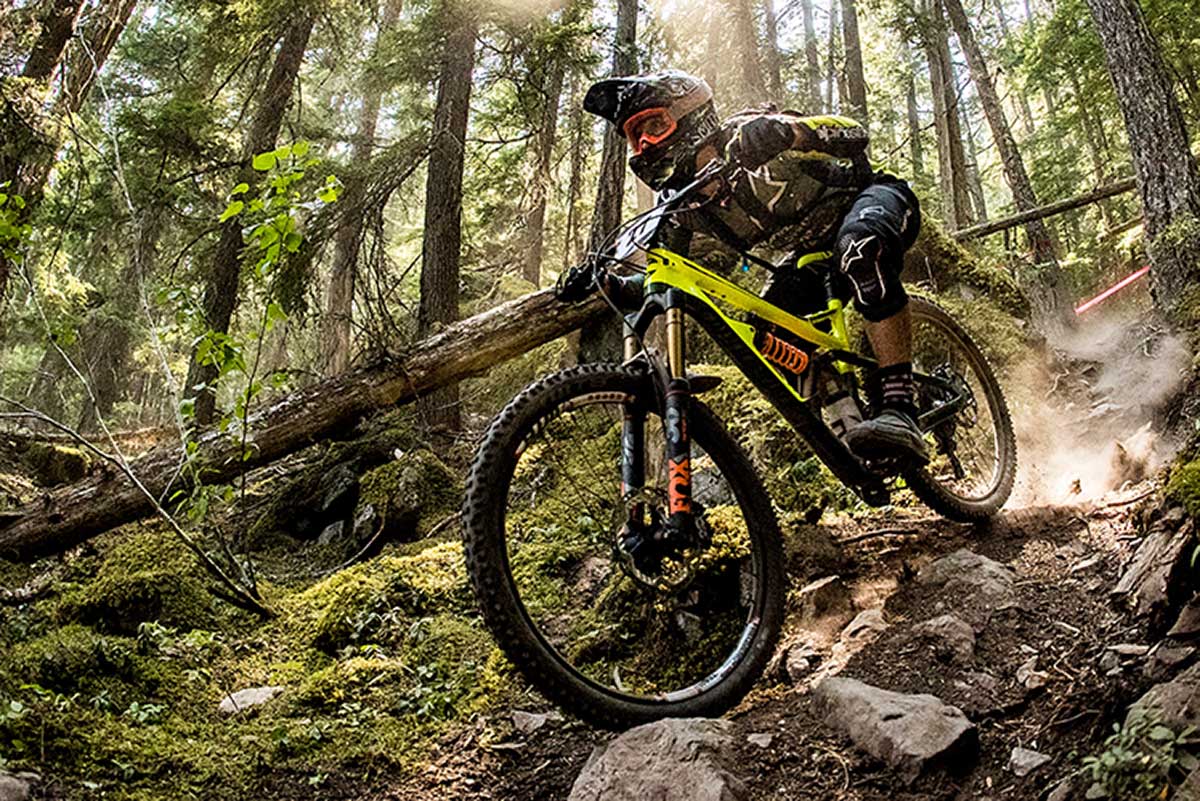
Got a question of your own? Click here to use the AASQ form to submit questions on any cycling-related topic of your choice, and we’ll get the experts to answer them for you!

